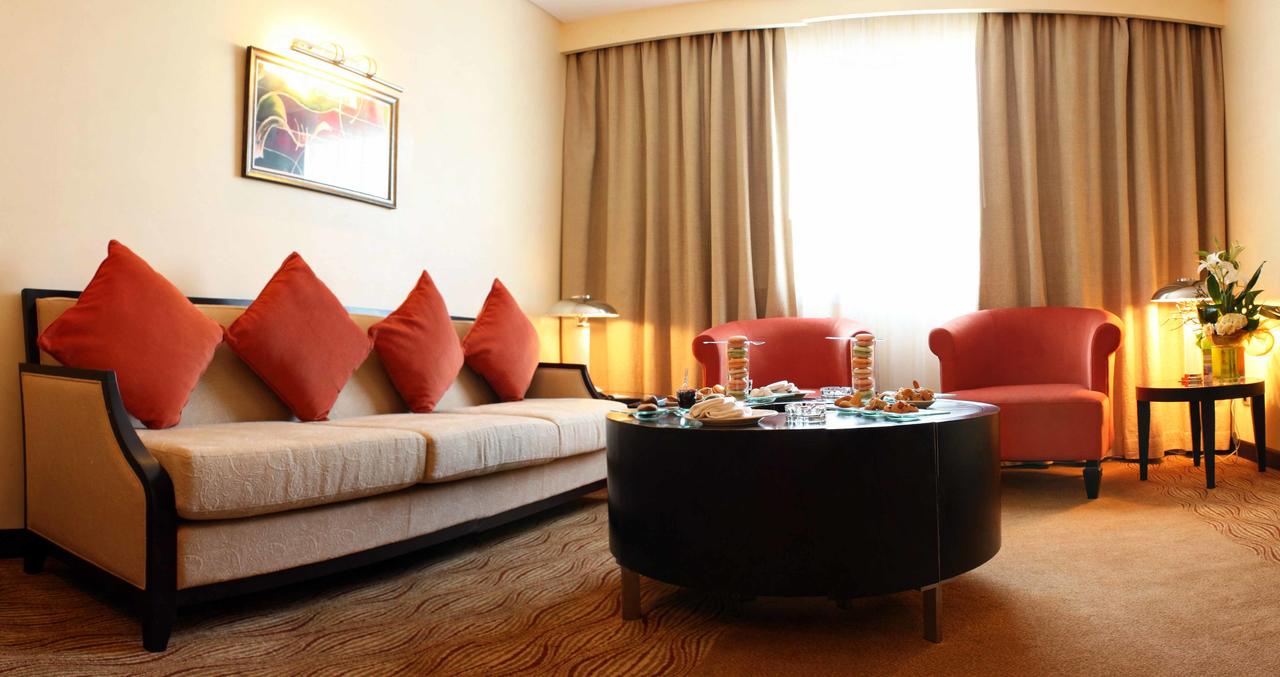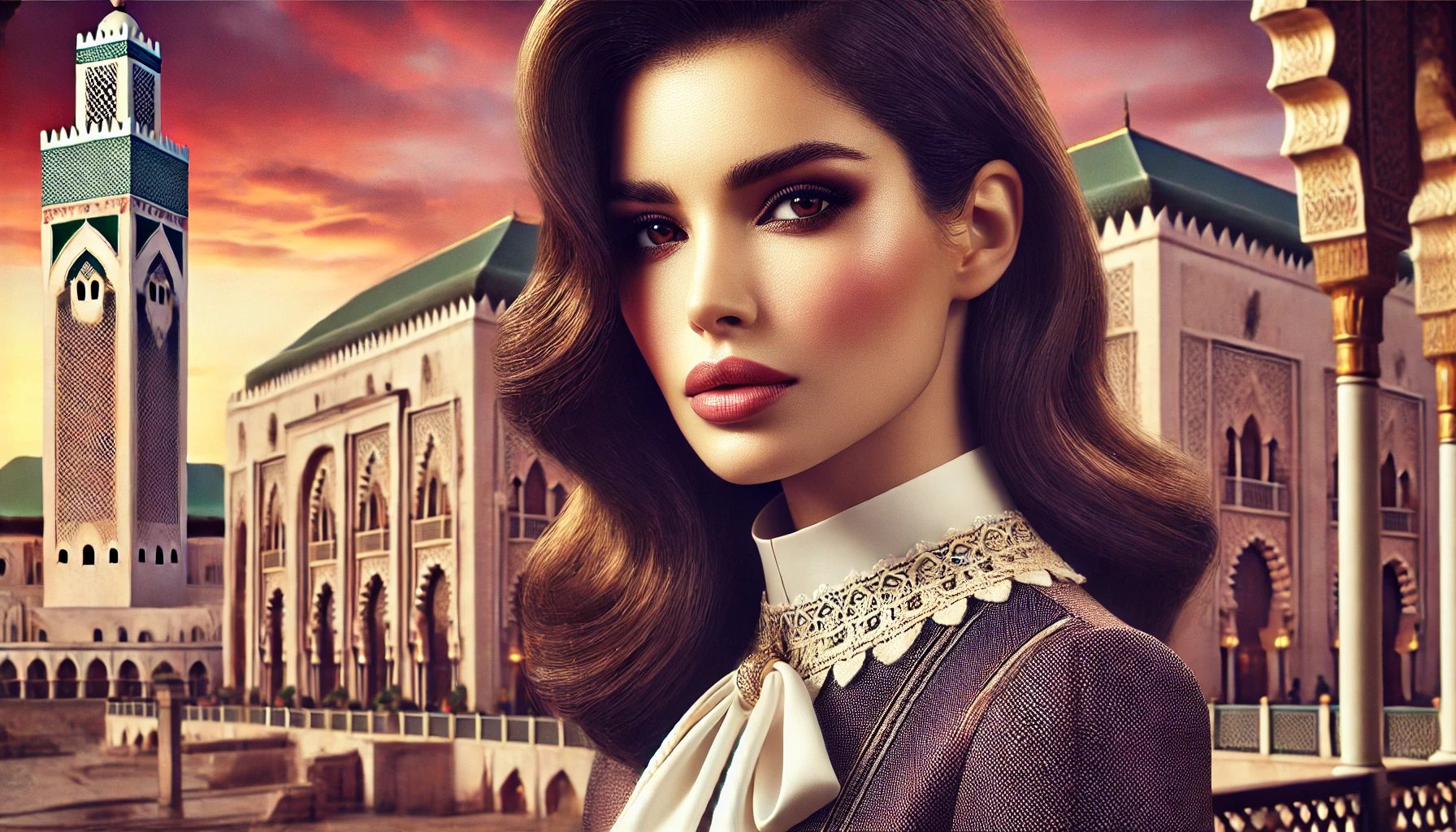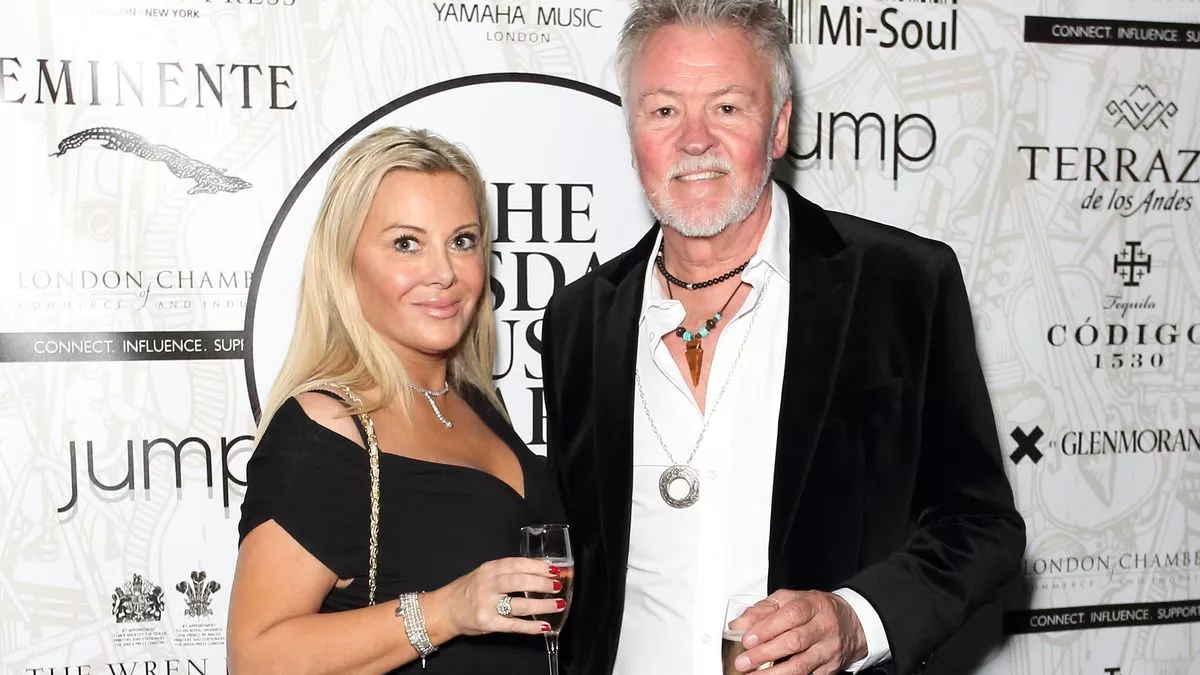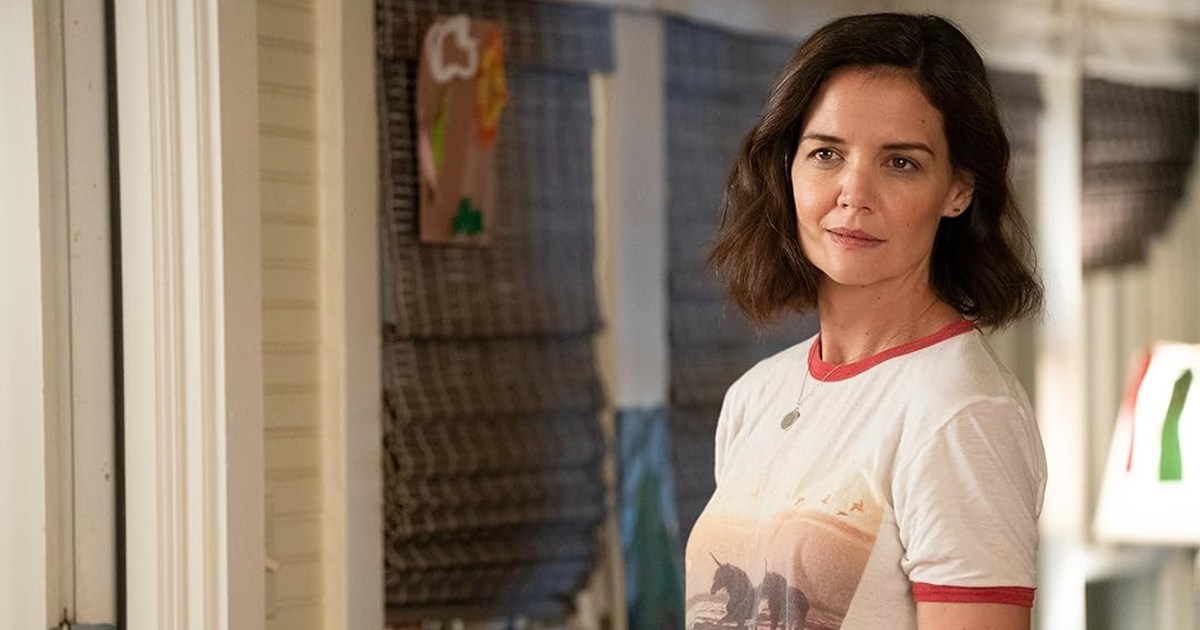Introduction
Farah Casablanca may not ring as familiar as the bustling streets of Marrakech or the historic ruins of Fez, yet it holds its own as a captivating Moroccan city teeming with culture, history, and art. Nestled in the heart of Morocco, Farah Casablanca is both a gateway to the Moroccan tradition and a modern metropolis that bridges the old with the new. This article dives deep into the essence of Farah Casablanca, exploring its historical landmarks, rich culture, exquisite cuisine, and providing practical tips for would-be visitors.
The History of Farah Casablanca
The story of Farah Casablanca is as old as Morocco itself, with roots stretching back to ancient times. Originally a small Berber settlement, the city has witnessed numerous civilizations rise and fall, each leaving behind a layer of rich history and influence. This mosaic of cultures has shaped Farah Casablanca into the vibrant city it is today, marked by its eclectic architecture and diverse population.
Through the ages, Farah Casablanca has seen the rule of Roman, Arab, and French colonizers, each contributing to its architectural and cultural landscape. The city’s old quarter, with its narrow winding streets and traditional souks, stands in stark contrast to the French-inspired boulevards and modern buildings that characterize its newer areas. This blend of ancient and contemporary elements not only attracts historians but also those fascinated by the evolution of urban landscapes.
Attractions and Landmarks in Farah Casablanca

Farah Casablanca is home to a myriad of attractions that captivate visitors. The heart of the city is its old Medina, a bustling maze of alleys teeming with vibrant markets and historical buildings. Here, one can find everything from handcrafted jewelry to aromatic spices and richly woven textiles. Not far from the Medina lies the Hassan II Mosque, a magnificent example of Islamic architecture with its towering minaret visible from miles around.
For those interested in the arts, the Farah Casablanca Art Museum offers a glimpse into Morocco’s artistic heritage, featuring works from pre-colonial times to the present day. The museum not only showcases traditional Moroccan art but also promotes contemporary artists, highlighting the city’s dynamic art scene. Additionally, the city’s French colonial legacy is evident in its downtown area, where Art Deco buildings line wide avenues, offering a different flavor of cultural exploration.
Culture and Cuisine of Farah Casablanca
Farah Casablanca’s culture is an intoxicating mix of sounds, sights, and flavors. Traditional Moroccan music and dance are alive in the city’s many cafes and theaters, where locals and tourists alike can experience performances ranging from classical Andalusian orchestras to modern fusion bands. The city’s rich cultural tapestry is also reflected in its cuisine, which is renowned for its complexity and variety. Dishes such as tagine and couscous are staples, each prepared with a unique Casablanca twist that often includes seafood, a testament to the city’s coastal location.
Festivals play a crucial role in the cultural life of Farah Casablanca, with the Casablanca Festival and the Jazzablanca Festival being two of the most anticipated annual events. These festivals not only celebrate Moroccan music and arts but also bring international artists, providing a platform for cultural exchange and fostering a sense of global community.
Travel Tips and Practical Information for Visitors
Visiting Farah Casablanca can be a delightful experience any time of the year, but the best period is during spring and autumn when the weather is most pleasant. Navigating the city is relatively straightforward with options ranging from taxis to public buses, though exploring on foot is often the best way to soak in the local atmosphere.
Accommodations in Farah Casablanca cater to all preferences and budgets, from luxurious hotels in the city center to charming guesthouses in the Medina. Safety is generally not a concern, but as with any tourist destination, it’s advisable to take standard precautions to secure your belongings and avoid less frequented areas late at night.
Conclusion
Farah Casablanca, a city of hidden charms and endless possibilities, invites travelers to delve into its rich history, partake in its vibrant cultural scene, and indulge in its culinary delights. Whether you’re a history buff, art lover, or simply in search of a new adventure, Farah Casablanca promises a journey filled with discovery and enchantment.
FAQs
- What is the best time of year to visit Farah Casablanca? Spring and autumn offer the best weather conditions for exploring the city comfortably.
- Are there any safety concerns for tourists visiting Farah Casablanca? The city is generally safe for tourists, but standard precautions for personal safety and belongings should be observed.
- What are some must-try foods in Farah Casablanca? Do not miss the seafood tagine and the traditional Moroccan mint tea.
- How can I respect local customs and traditions while visiting? Dress modestly, especially when visiting religious sites, and always ask permission before taking photographs of locals.
- What are the best souvenirs to bring back from Farah Casablanca? Handcrafted leather goods, Berber carpets, and Argan oil are popular and authentic choices.
You May Also Read:https://ventweekly.com/javaughn-j-porter/






